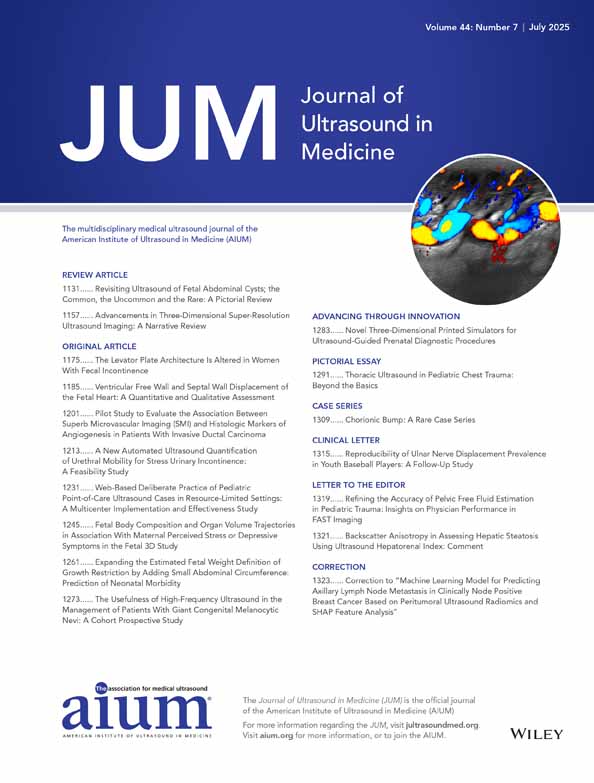The Usefulness of High-Frequency Ultrasound in the Management of Patients With Giant Congenital Melanocytic Nevi
A Cohort Prospective Study
We thank our patients and their families. We are grateful to Abel Caño, Bea Alejo, and Carmen Lopez for their assistance. Priscila Giavedoni has full access to all study data and is responsible for the integrity of the data and the accuracy of the data analysis. This study was funded by Instituto de Salud Carlos III (ISCIII) through the project PI18/0959 and co-funded by the European Union. The authors declare no conflict of interest.
The results of this study have not previously been published elsewhere, either partially or totally. The authors attest to having obtained written consent from the patients to publish recognizable photographs or other identifiable materials, understanding that this information may be available to the public.
Abstract
Objectives
Congenital melanocytic nevi (CMN) exhibit various clinical presentations. Dermoscopy and confocal microscopy only assess the superficial dermis. Magnetic resonance imaging cannot evaluate skin layers comprehensively. High-frequency Doppler ultrasound (HFUS) can define the extent of melanocytic lesions and suggest patterns of potential complications. The objective of the study is to evaluate HFUS characteristics of patients with CMN and, secondarily, to study the utility of HFUS in evaluating proliferative nodules and enlarged lymph nodes.
Methods
A prospective study of patients with multiple and non-small CMN between January 2016 and June 2021 was conducted. Clinical imaging and HFUS were routinely used to follow up on distinctive areas. A retrospective analysis of HFUS images and correlation with presentation was performed.
Results
Seventy-one patients with CMN, 149 HFUS scans. Median age: 14 years (IQR: 8 months–79 years), 59% female. Large/giant nevi n = 44 (61.9%). CMN affected the epidermis/dermis in 51 (71.8%), hypodermis in 17 (24%), and muscle in 3 (4.2%). Thirteen patients (18.3%) had nodular lesions; 1 showed atypical vessels on HFUS, which was confirmed histologically as an atypical proliferative nodule. Limitations: Heterogeneity of patients and retrospective analysis.
Conclusions
HFUS allows the characterization of non-small CMN by assessing depth and diagnosing complications such as melanomas and enlarged lymph nodes.




